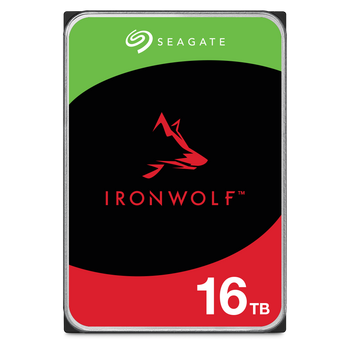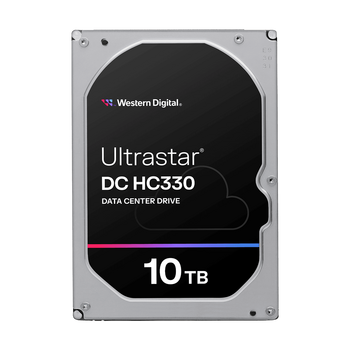- Excellent for NAS use
- Robust health management
- High reliability
- Highly reliable
- Excellent for data centers
- Advanced protection features
- Expensive
- Can be noisy
- Expensive
- Requires robust cooling
Seagate IronWolf Pro vs HGST Ultrastar DC
When it comes to high-performance storage solutions, two products stand out among the rest: Seagate's IronWolf Pro and HGST's Ultrastar DC. Both of these internal hard drives are designed for heavy-duty applications, such as data centers, servers, and NAS systems, where reliability, speed, and capacity are paramount.
Seagate IronWolf Pro
The Seagate IronWolf Pro is a high-capacity internal hard drive designed specifically for NAS systems and other multi-drive environments. It boasts impressive specs, including capacities of up to 18TB, rotational speeds of 7200 RPM, and cache sizes of up to 256MB. The IronWolf Pro also features Seagate's proprietary AgileArray technology, which allows for improved performance and reliability in multi-drive configurations.
One of the key advantages of the IronWolf Pro is its robust feature set, which includes advanced error correction, vibration resistance, and a mean time between failures (MTBF) rating of 1.2 million hours. Additionally, Seagate's IronWolf Pro is designed to work seamlessly with popular NAS operating systems, such as Synology and QNAP, making it an excellent choice for users who require high-performance storage for their network-attached storage needs.
HGST Ultrastar DC
The HGST Ultrastar DC, on the other hand, is a high-performance internal hard drive designed for data center and cloud storage applications. With capacities of up to 16TB, rotational speeds of 7200 RPM, and cache sizes of up to 256MB, the Ultrastar DC is well-suited for demanding workloads that require low latency and high throughput.
A key feature of the HGST Ultrastar DC is its advanced Helium-filled design, which allows for improved power efficiency and reduced vibration. Additionally, the drive features a robust set of reliability and security features, including TCG encryption, FIPS 140-2 compliance, and a MTBF rating of 2.5 million hours.
Comparison
So, how do these two internal hard drives stack up against each other? In terms of raw performance, both drives are capable of delivering impressive sequential read and write speeds of up to 260MB/s and 233MB/s, respectively. However, the HGST Ultrastar DC has a slight edge in terms of random IOPS performance, making it better suited for applications that require high levels of concurrency.
In terms of capacity, the Seagate IronWolf Pro has a clear advantage, with options available up to 18TB. The HGST Ultrastar DC, on the other hand, tops out at 16TB. However, the Ultrastar DC makes up for this with its advanced power management features, which allow it to consume significantly less power than the IronWolf Pro.
Ultimately, the choice between these two internal hard drives will depend on your specific needs and use case. If you require high-capacity storage for a NAS system or other multi-drive environment, the Seagate IronWolf Pro may be the better choice. However, if you're looking for a high-performance drive for data center or cloud storage applications, the HGST Ultrastar DC is an excellent option.
Conclusion
In conclusion, both the Seagate IronWolf Pro and HGST Ultrastar DC are exceptional internal hard drives that offer impressive performance, reliability, and capacity. While they share some similarities, each drive has its own unique strengths and weaknesses, making them suited for different use cases. By considering factors such as performance, capacity, power consumption, and feature sets, you can choose the best internal hard drive for your specific needs and ensure optimal performance and reliability in your storage system.






























